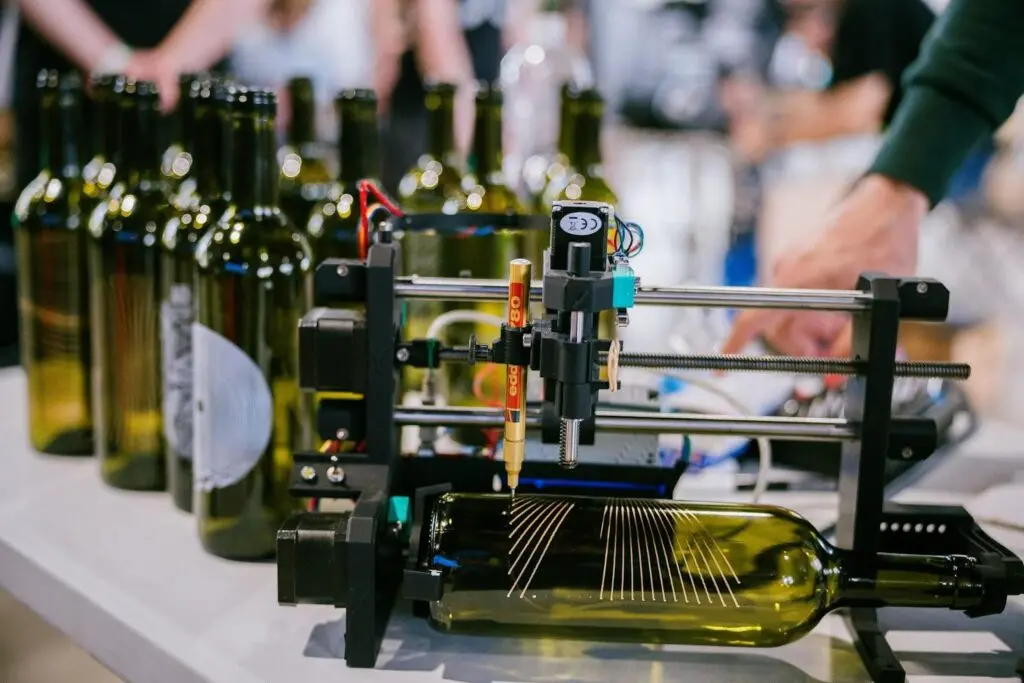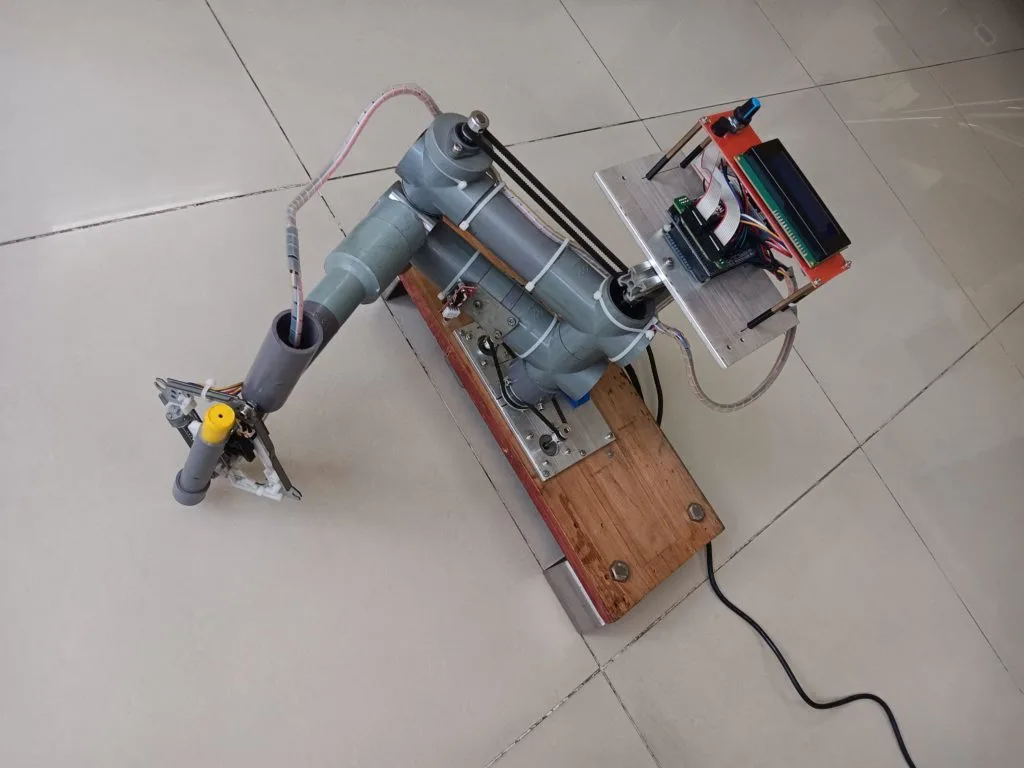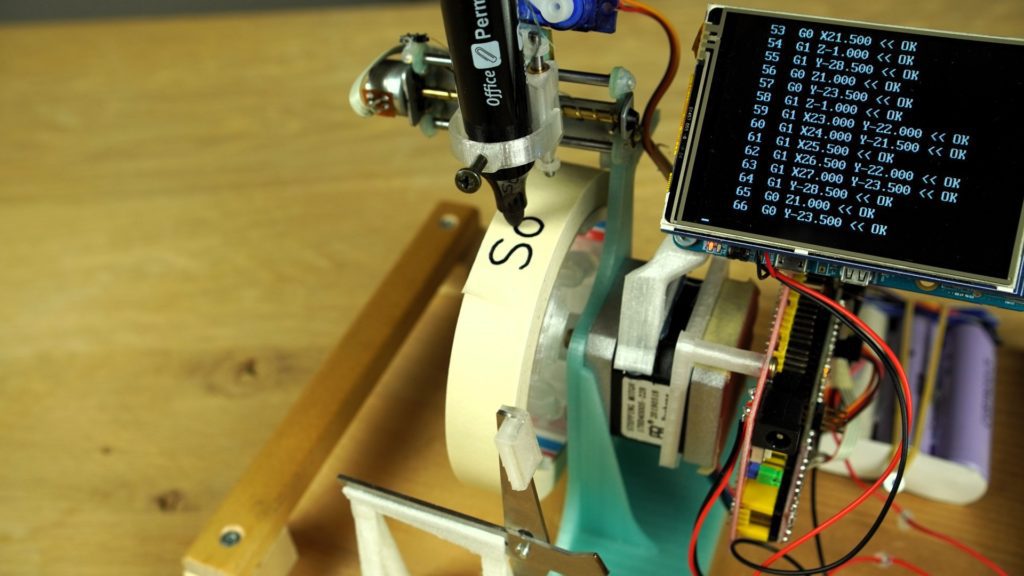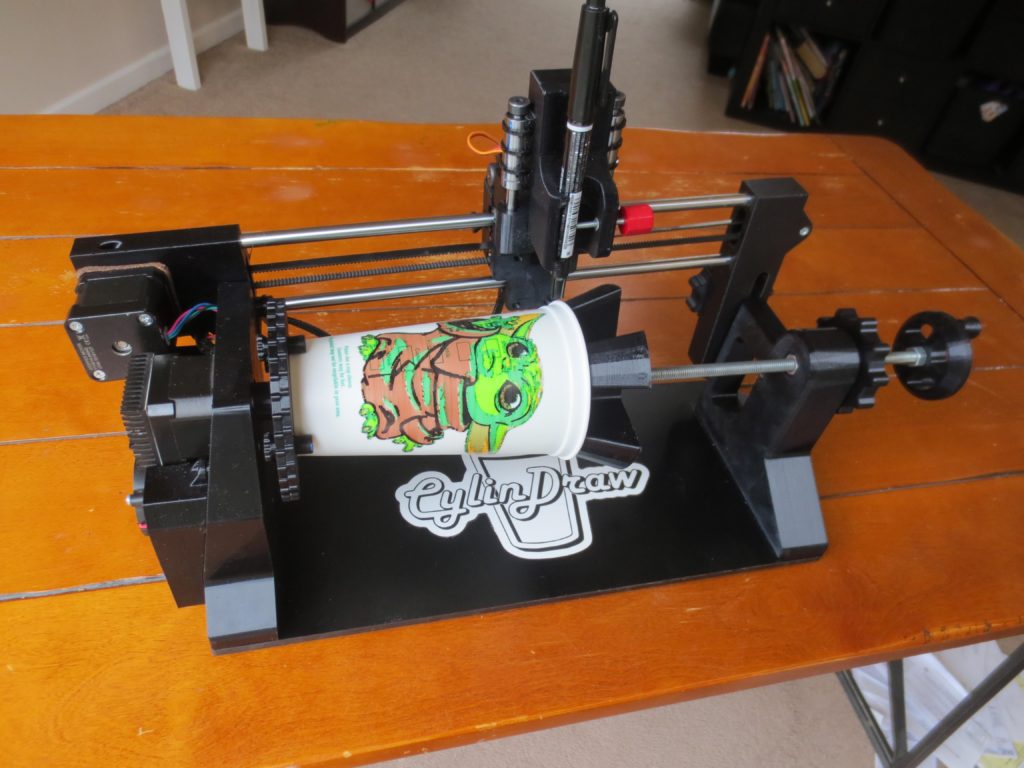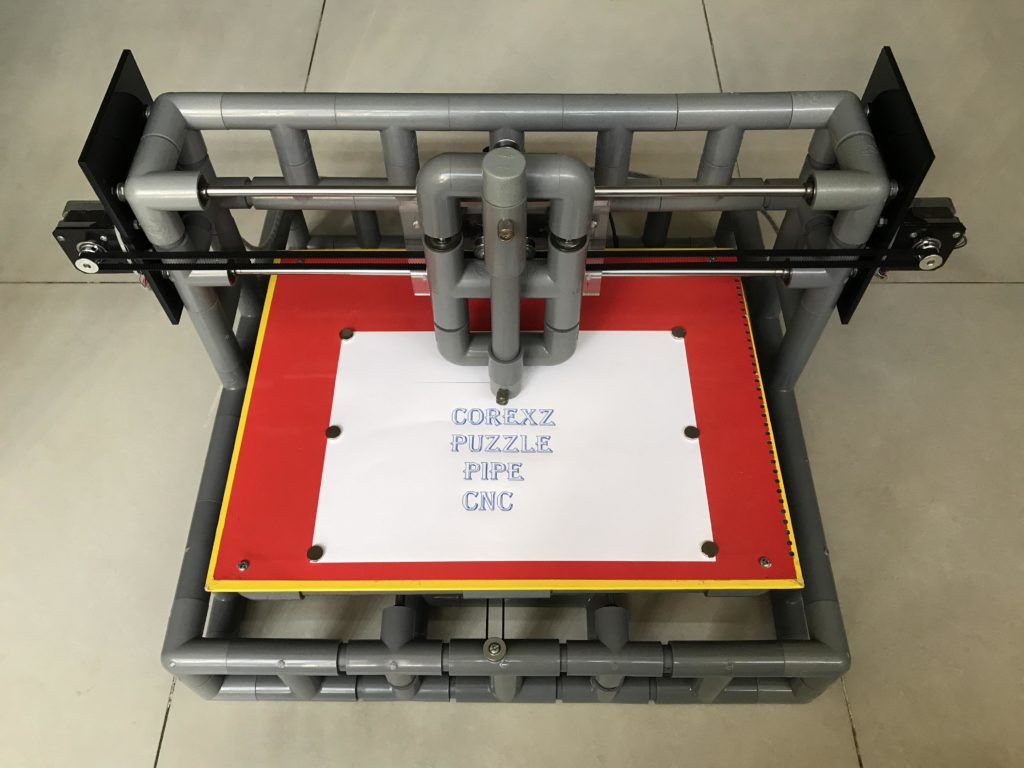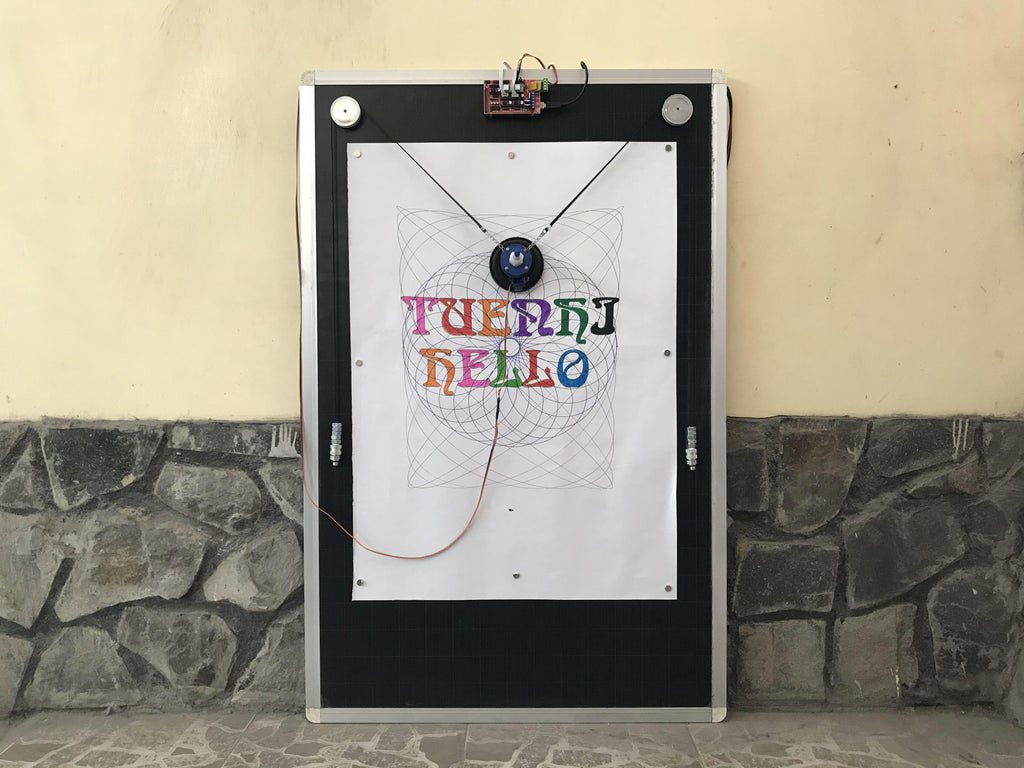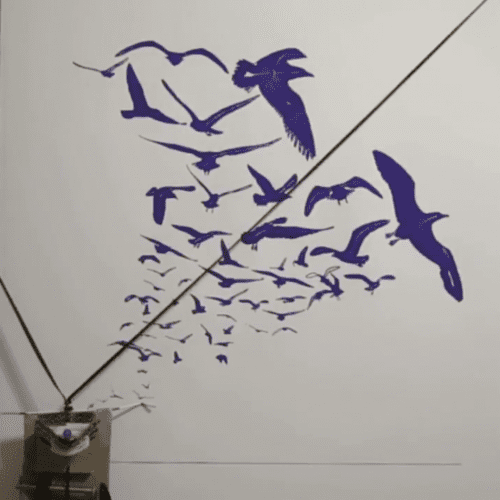Schlagwort: plotter
-

Transform trash into treasure with the DIY Bottle Plotter
Reading Time: 2 minutesManufacturers put a lot of effort into their packaging (there is an entire engineering discipline just for that) and some of it can be quite beautiful. But it usually still ends up in the landfill or, at best, in a recycling center. However, if you’re the type of person who can see…
-

Building your own affordable SCARA plotter with Arduino
Reading Time: 2 minutesRobots come in all shapes and sizes, but one of the most popular styles for industrial applications is the SCARA (Selective Compliance Assembly Robot Arm). These have multiple degrees of freedom, each of which rotates around the vertical Z axis. But they’re otherwise constrained, which can have advantages for certain applications. For…
-

This pen plotter gets nervous when observed
Reading Time: 2 minutesThe whole purpose of machine automation is to eliminate human needs and errors. A CNC machine doesn’t get tired, doesn’t need breaks, and performs a task exactly the same way every time. But what if that weren’t true? What if machines experienced human emotions and let it affect their work like we…
-

Nifty cam-following plotter can draw many shapes
Reading Time: 2 minutesBefore CNC (computer numerical control) came along, automated machines utilized mechanisms like cams and tapers to act as guides. Those are physical components with precise contours meant to guide the tool, like an artist tracing lines with a pantograph. Such mechanisms are uncommon today, as CNC is far more versatile and much…
-

Automatically make masking tape labels with this Arduino-powered machine
Reading Time: 2 minutesArduino Team — May 12th, 2022 Masking tape makes for a great label as its weak adhesive does not tend to leave visible residue and names can be easily sketched onto its surface, albeit quite slowly. To expedite this process, Hackaday.io user michimartini decided to design and build a machine that writes labels automatically. The…
-

Plot designs onto cups with CylinDraw
Reading Time: 2 minutesArduino Team — January 18th, 2022 Most plotters are planar, meaning they move in a single plane — though they often have the ability to move the tool up and down in the third axis. But if you convert one axis of the drawing plane into rotation, you get cylindrical plotting. That…
-

PVC pipe plotter prints pretty pictures
Reading Time: 2 minutesArduino Team — January 5th, 2022 Instructables user tuenhidiy wanted to create a new kind of CNC plotter that was unlike nearly all of the others you’ve seen. Rather than use aluminum extrusions or wood, this machine is constructed from various pieces of PVC pipe all cut to exact lengths, hence its…
-

Unused blackboard becomes vertical plotter
Reading Time: < 1 minuteUnused blackboard becomes vertical plotter Arduino Team — December 29th, 2020 Vertical pen plotters, which work by suspending a drawing device between two variable lengths of cable, can be a lot of fun. When his kids stopped using a 780x1200mm blackboard, ‘tuenhidiy’ had the perfect surface on which to create his…
-

Enchanting images with Inky Lines, a Pi‑powered polargraph
Reading Time: 3 minutesA hanging plotter, also known as a polar plotter or polargraph, is a machine for drawing images on a vertical surface. It does so by using motors to control the length of two cords that form a V shape, supporting a pen where they meet. We’ve featured one on this blog before:…
